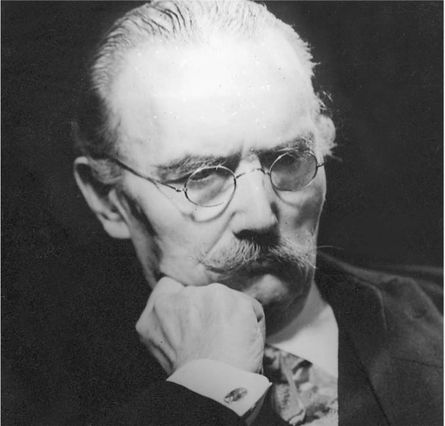
Who was Paul Nipkow?
Paul Nipkow (1860 - 1940) invented the Nipkow Disc in Berlin on Christmas Eve in 1883.
Today's television transmission is based on the idea of transmitting an image not as a surface but rather as a number of dots which can be resolved to form a whole image, just as Paul Nipkow discovered with his disc - the Nipkow Disc. This is a circular disc of which only a rectangular section can be seen. It is possible to look through the disc by means of spiraling apertures placed at a distance from each other which coincide exactly with the width of the rectangle. Only one single, dot-like section can be seen. As the disc rotates, each hole describes part of a circle. As a result of the spiral arrangement of the holes, the various specially-positioned sections of the circle fill the whole rectangular section; the speed at which the disc rotates and the persistence of vision of the human eye allow a whole image to be formed. Since the reduction of the opening to a single dot means that the image is described as a series of light fluctuations, it is possible to resolve the image appearing behind the disc in a rapid succession of dots and lines. The changing image of brightness and even colours can now be transmitted. A light-sensitive photoelectric cell and a second disc positioned apart from the first are all that are needed for transmission. The cell transforms information about brightness from light falling through the disc into electrical impulses. In this way, a prototype television receiver was invented. The speed at which the discs rotate (synchronicity) as well as the precise alignment of each aperture and circle segment (phase equivalence) must correspond exactly in order for the process to work.